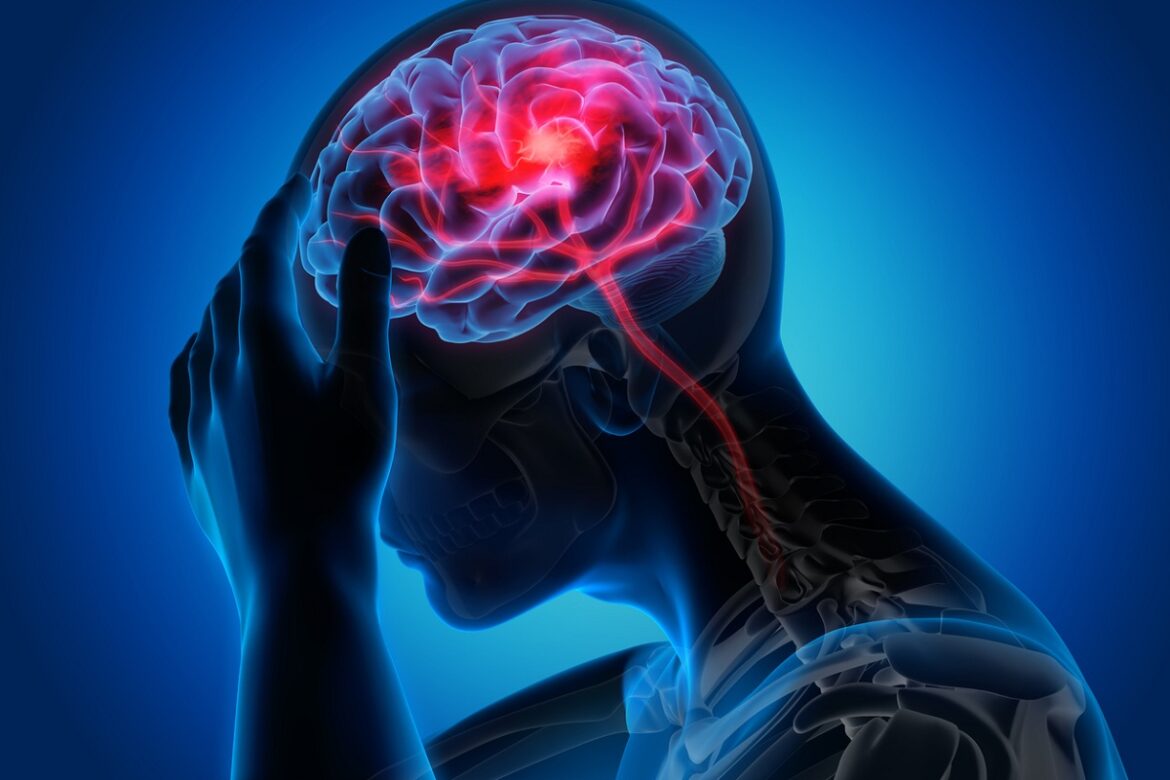A kind of brain cell that can regenerate itself is governed by circadian rhythms, according to new study from Children’s National Hospital, revealing vital insights into how the body’s internal clock may assist recovery after catastrophic brain injuries (TBI).
The findings, published in the most recent edition of eNeuro, offer up new lines of inquiry for future TBI treatments. Currently, these injuries are treated only with supportive care and rehabilitation, rather than with targeted pharmacological therapy alternatives. The findings also highlight the need of correcting circadian disruptions in order to help wounded brains repair. The circadian clock is the 24-hour rhythm that many of the body’s cells follow, which is dictated by their genes.
The Children’s National research team revealed that NG2-glia, or oligodendrocyte precursor cells, a relatively new form of brain cell, also has a circadian rhythm. This cell type is one of the few that continues to self-renew throughout adulthood and is most proliferative in the first week following a brain injury.
“We discovered evidence for the role of this well-known molecular pathway – the molecular circadian clock – in regulating the ability of these NG2-glia to proliferate, both at rest and after injury,” said Terry Dean, M.D., PhD, critical care specialist at Children’s National and the paper’s lead author. “This will serve as a starting point for further research into the processes governing cellular regeneration and optimising damage repair.”
TBI, sometimes known as “the hidden pandemic,” affects an estimated 69 million people globally each year, with injuries ranging from minor concussions to serious traumas that result in death or permanent disability. TBI affects roughly 2.8 million individuals in the United States alone each year, including 630,000 children. TBI is the largest cause of mortality in those under the age of 45, and those who survive are frequently left with long-term physical, cognitive, and psychosocial impairments.
Despite the fact that there are no specific therapeutics for TBI, there is an urgent need to discover the processes that might enable the regeneration of these NG2-glia cells, which are the most prevalent kind of brain cell known to multiply and self-renew in adult brains.
Also Read: Scientists have developed facemask that can detect virus exposure within 10 minutes
“It’s critical for researchers to understand that cell renewal is time-dependent,” said Vittorio Gallo, PhD, temporary chief academic officer and interim head of the Children’s National Research Institute. “With this information, we can go further into the body’s genetic repair process to learn more about how cells control and replenish themselves.”
Follow Medically Speaking on Twitter Instagram Facebook

